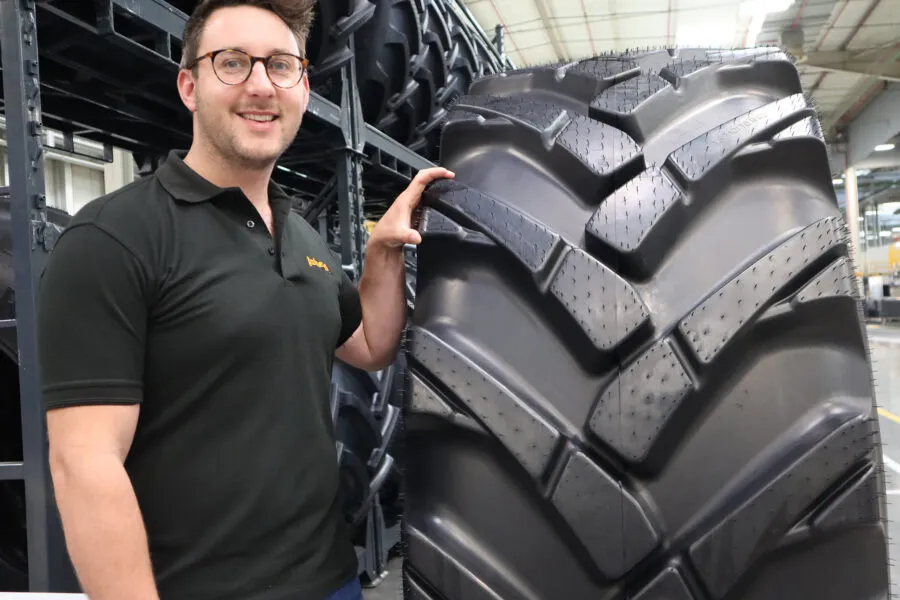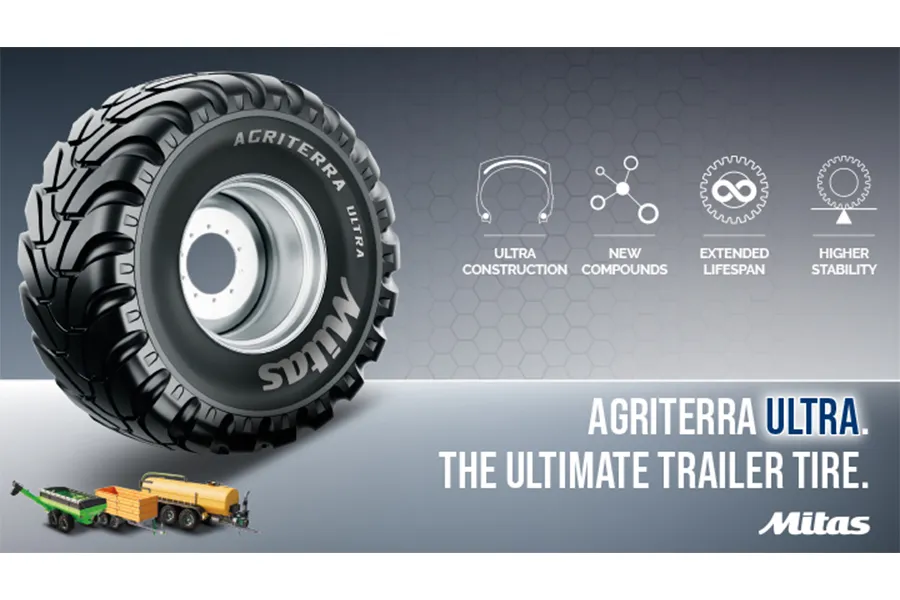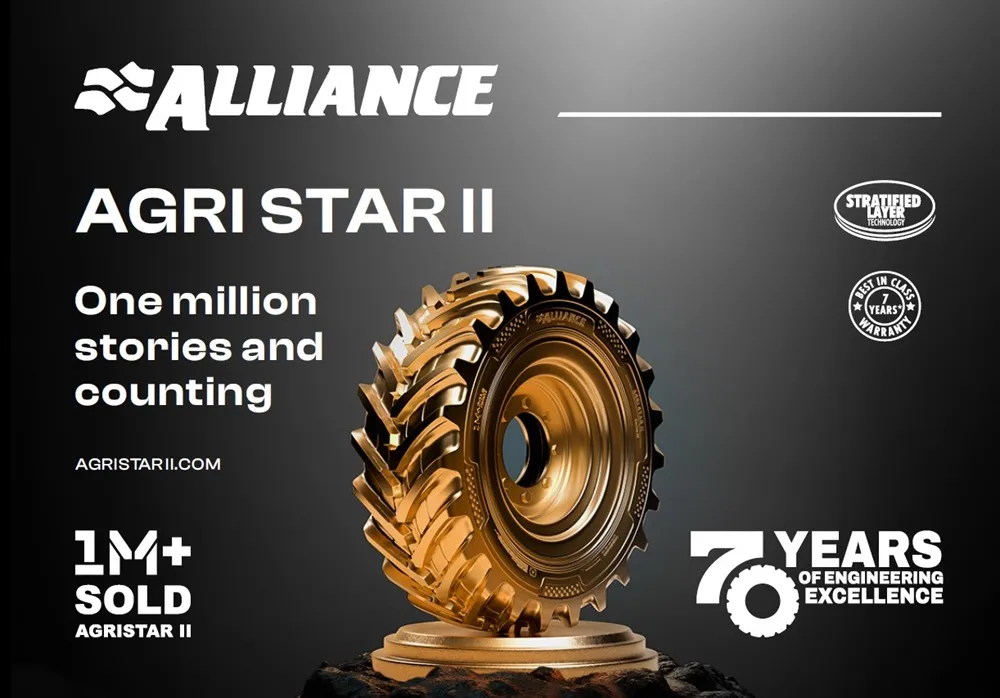With potentially wet conditions and the need to turn over compacted land or tread carefully to avoid soil compaction, tyres will play a big role in this season’s cultivation work. Continental’s agricultural tyre specialist, Tom Godwin, offers five tips for getting the most out of tyres when pulling heavy cultivation equipment.
Pressure for Load
The load a tyre can carry is provided on the sidewall as a number, for the load index and as a letter for the speed index. Using this and the tractor’s manual to establish its axle weight tolerances and gross weight provides most of the information needed to calculate load pressure. Continental’s tips include using this data and a load/inflation table or a mobile app like Continental’s TireTech App to measure the load for each axle accurately. Making this relatively simple calculation can save hours of time and gallons of fuel, whilst protecting soil health.
Reducing Compaction
Calculating load pressure increases machinery performance and efficiency whilst reducing soil compaction. This is vital to soil health, crop establishment and machine efficiency. Reducing tyre pressure can reduce slip, which improves grip and forward speed whilst reducing fuel consumption. It also reduces the impact of the tractor’s weight on the soil. However, when pulling cultivation equipment, the weight of both the implement and the tractor should be calculated to establish the optimum pressure for the combined load. This will ensure both tractor and implement work to their full potential.
Fuel Saving
The price of diesel is increasing. In a test with Continental TractorMaster tyres, Continental ran a Fendt 724 Gen 6 with a KUHN Optimer at 21 psi and 12 psi. The difference was astounding, and the slip dropped from over 50% to below 10% when the pressure was lowered. When cultivating hundreds of acres this way, the total fuel saving would be significant and well worth the amount of time needed to adjust tyre pressures.
Ploughing
Often, there is a need to plough in some areas to either alleviate soil compaction or provide a suitable seedbed. Whether using an on-land or in-furrow plough, the same need for grip remains. Self-cleaning lugs like the d.fine design of the TractorMaster will help the tyre shed soil. However, tyre choice is more important. A narrow tyre will suit in-furrow ploughing, whilst a wider tyre will be better for an on-land plough.
Road and Field
Reducing operating pressure when transitioning from road to field will help all aspects of tractor operation, especially in soft, wet conditions. Retrofitting a CTIS, or making the most of an onboard OE factory-fitted air system, can significantly improve grip and operating costs. With grants available for up to 50% of the cost of a CTIS, the benefits far outweigh the investment cost.








